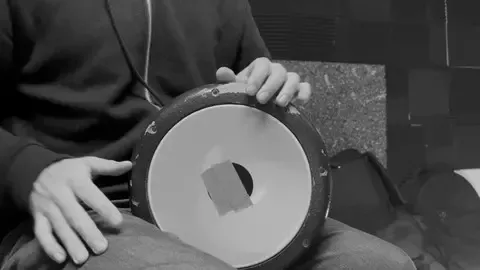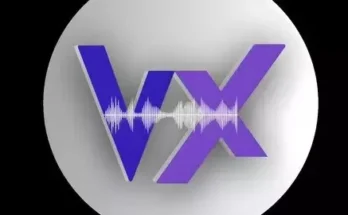Full Darbuka Course: Learn your first 100 Rhythms TUTORiAL
English | Duration: 103 Lectures ( 2h 12m ) | Size: 2.9 GB
Learn percussion and develop your rhythm
What you’ll learn:
Basic sounds of Darbuka
A rich and solid rhythmic foundation
Recognize percusión patterns
Develop the basic technic
Requirements:
Have a Darbuka
Description:
THE COURSEIn this course we will learn to play our first 100 rhythms on Darbuka. We will start by learning the basic sounds of Darbuka and then quickly start with the rhythms. To my way of understanding percussion, the rhythms are the fundamental element. They are like the vocabulary of a language or the bricks of a house. In this way, if we have a wide vocabulary of rhythms, little by little we will begin to identify and detect rhythms and patterns when we listen to music and as a result, know how to use them. Without a good vocabulary, we will not be able to communicate anything. The same thing happens in music. Therefore, in this course we will focus on obtaining a solid enough rhythmic foundation. In a easy and intuitive way. MUSIC & PERCUSSIONPercussion is an extraordinary tool to connect with oneself and others.We all know the beneficial power of music, both physically and mentally. There are numerous studies that link playing an instrument with good brain activity.In addition, the music goes directly to our emotions and each song transports us to a state of mind as if by magic.Besides, the relational power of music has also been demonstrated when it comes to generating bonds with others.All the positive qualities of music are amplified when you generate the music yourself.Percussion is an ideal way to get into the music or to solidify your tempo and rhythm if you already play an instrument.Percussion gives us that essence of origins that allows us to forget for a moment our problems and connect with our depths




